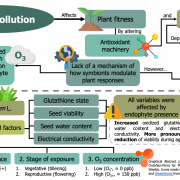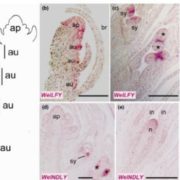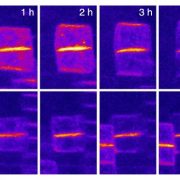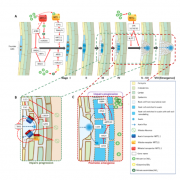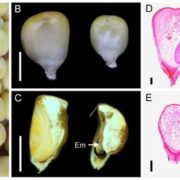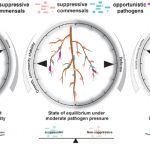A peptide pair coordinates regular ovule initiation patterns with seed number and fruit size (Curr. Biol.)
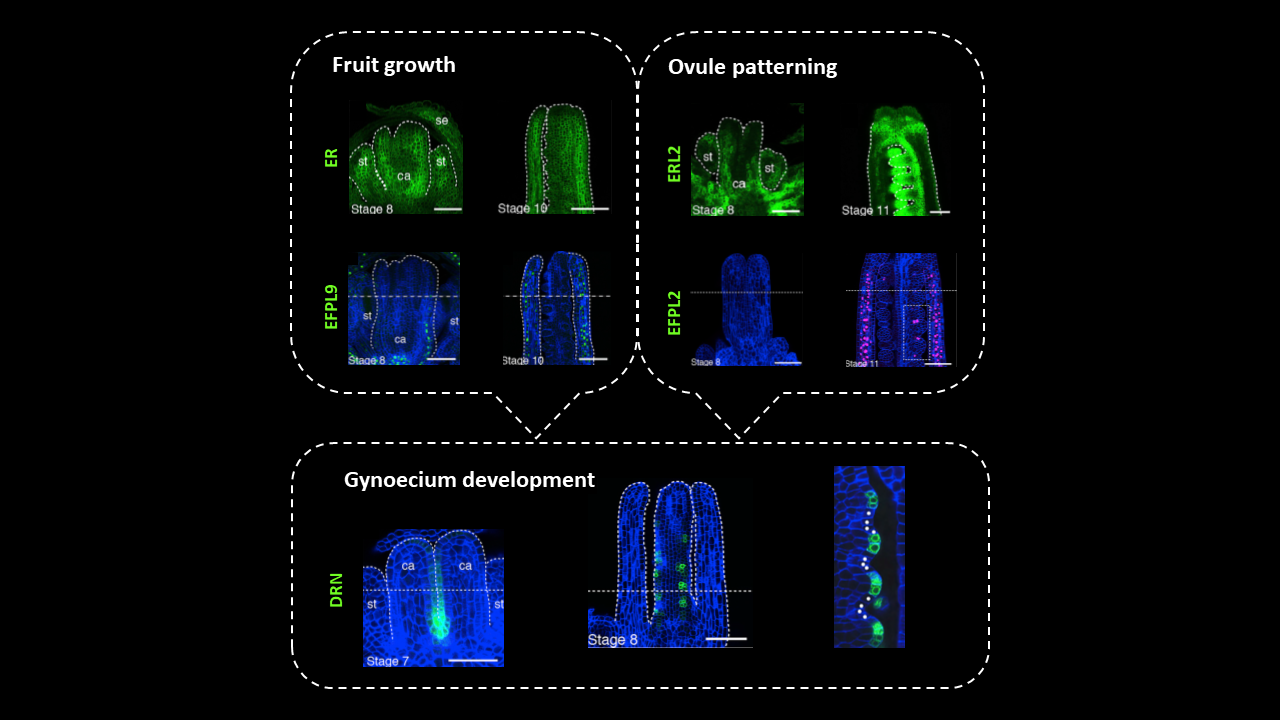
In Arabidopsis pistils, ovule primordia differentiate from the placenta – meristematic tissue within the two fused carpels – in parallel rows with a regular spacing of 2-4 cells. Since fruit growth and ovule formation determine the maximum number of seeds enclosed in a silique, these two processes should be tightly coordinated to ensure reproductive success. Yet the mechanism regulating pattern formation in the developing gynoecium is still unresolved. In this article, Kawamoto and coworkers investigated the genetic determinants of ovule initiation pattern by exploring natural variation in almost 100 Arabidopsis accessions. QTL analysis led to the identification of the factors controlling ovule and seed density: members of the ERECTA (ER) family of leucine-rich repeat receptor kinases, and their ligands belonging to EPIDERMAL PATTERNING FACTOR(EPF)/EPF-like (EPFL)-family of cysteine-rich secreted peptides. Genetic and expression analyses revealed roles for two separate signaling pathways. The first module relies on EPFL9 acting as a short-range signal from the carpel wall through ER and ER-like receptors to promote gynoecium growth without affecting the patterning of ovule initials. The second module relies on the interaction between EPFL2 and ERL1-ERL2 in the carpel wall and in inter-ovule spaces to control ovule density through equidistant spacing of ovule primordia. As supporting evidence, loss of EPFL2 function leads to irregular spacing and even ovule twinning. Thus, the differential expression of EPFL2 regulates spacing between adjacent ovules, which allows optimization of resource allocation and reduces competition among developing seeds after fertilization. (Summary and image adaptation by Michela Osnato @michela_osnato) Curr. Biol. 10.1016/j.cub.2020.08.050


